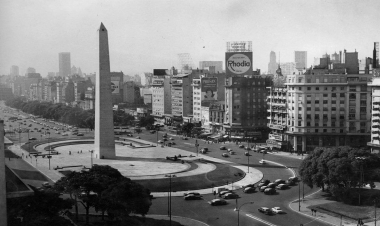ABOUT Suomenlinna
Suomenlinna (Finnish; until 1918 Viapori), or Sveaborg (Swedish), is an inhabited sea fortress built on eight islands about 4 km southeast of the city center of Helsinki, the capital of Finland. Suomenlinna is a UNESCO World Heritage site that is popular with tourists and locals, who enjoy it as a picturesque picnic site. Originally named Sveaborg (Castle of the Swedes), or Viapori as referred to by Finnish-speaking Finns, it was renamed in Finnish to Suomenlinna (Castle of Finland) in 1918 for patriotic and nationalistic reasons, though it is still known by its original name in Sweden and by Swedish-speaking Finns.
The Swedish crown commenced the construction of the fortress in 1748 as protection against Russian expansionism. The general responsibility for the fortification work was given to Augustin Ehrensvärd. The original plan of the bastion fortress was strongly influenced by the ideas of Vauban, the foremost military engineer of the time, and the principles of the star fort style of fortification, albeit adapted to a group of rocky islands.
During the Finnish War, Sweden surrendered the fortress to Russia on 3 May 1808, paving the way for the occupation of Finland by Russian forces in 1809, and the eventual cession of Finland to Russia at the conclusion of the war. Russia held the fortress until Finnish independence in 1918. Finland then managed Suomenlinna through the Defense Department until turning most of it over to civilian control in 1973.
The Swedish crown commenced the construction of the fortress in 1748 as protection against Russian expansionism. The general responsibility for the fortification work was given to Augustin Ehrensvärd. The original plan of the bastion fortress was strongly influenced by the ideas of Vauban, the foremost military engineer of the time, and the principles of the star fort style of fortification, albeit adapted to a group of rocky islands.
During the Finnish War, Sweden surrendered the fortress to Russia on 3 May 1808, paving the way for the occupation of Finland by Russian forces in 1809, and the eventual cession of Finland to Russia at the conclusion of the war. Russia held the fortress until Finnish independence in 1918. Finland then managed Suomenlinna through the Defense Department until turning most of it over to civilian control in 1973.










